original poster
New member
- Joined
- Nov 24, 2014
- Messages
- 3,201
- Reaction score
- 1
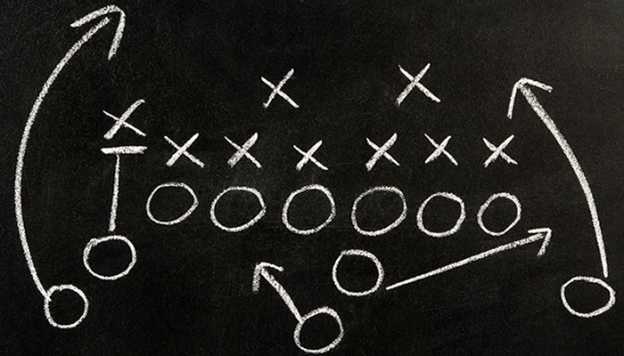
I thought I’d get the next Football 101 underway and go over defensive schemes. Last time we focussed on the offense and went over offensive line schemes so today I’d like to flip it to the defense and go over coverages. I just want to point out that you, the readers, are requesting these. If you want an article covering a specific part of the game please do drop me a message via the contact us page and I will be more than happy to do an article on your chosen subject.
The reality is, there is no ‘perfect’ defensive scheme. It’s a dynamic, fluid and evolving all the time. Every single defensive scheme has holes in it for the offense to exploit, the idea is to be familiar with the tendencies of an offense and what they like to do most and put the correct scheme in place to stop that. Make the offense uncomfortable, force them to play to their weaknesses. If a QB is not very accurate or confident throwing a deep ball, run a scheme that has lots of zones at or near the line of scrimmage.
When you hear either zone or man defense it can be quite confusing, surely every defender is responsible for a man (offensive player?). Kind of, but not quite…
I will start by saying there are two main types of defensive scheming. zone coverage & man coverage. Both are relatively simple to explain, in zone, a defender is responsible for covering a certain area of the field. When an offensive player enters that area or ‘zone’, it is the defenders responsibility to cover him. If said offensive player leaves a zone, he is effectively passed onto the next defender covering the zone the offensive player has just entered. In almost all situations, once the player leaves a zone, he is no longer responsible for him.
Man coverage is exactly what it says on the tin. In man, a defender is responsible for a specific player and will follow him around the field wherever he goes. It’s often why you see receivers or tight ends motion before the ball is snapped, the offense cannot work out if they’re facing man or zone and if a defender follows the player, that shows man coverage. If the player lined up opposite the receiver (or tight end) stays where he is once the offensive player motions to a new spot on or off the line of scrimmage, it’s zone.
Some teams run a combination of the two, some players will be in man coverage while some will be in zone, but as a general rule and to keep things simple, we’re going to focus on the main schemes that you’ll hear and read on a regular basis.
Cover 0
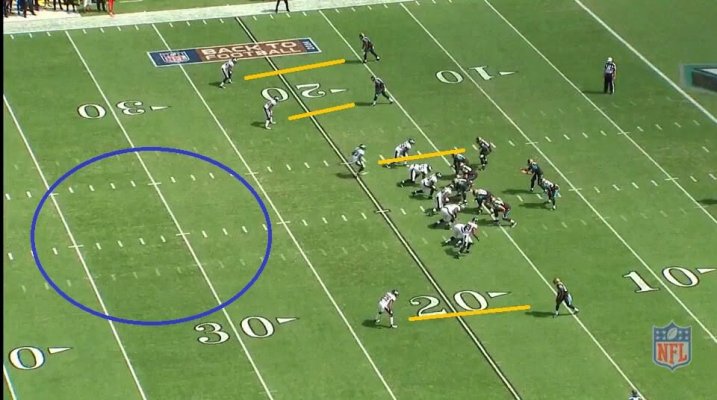
Cover 0 and man coverage are effectively the same thing. They replace deep coverage (free safety) with an extra pass rusher. You’re basically daring the offensive to throw the ball deep. It’s a very aggressive scheme and is often used in blitz situations. The main weakness in this scheme is if your corner gets beat by the wide receiver, if that happens, it’s almost guaranteed to be a touchdown as there is no backup support deep in the field to cover the error made by the cornerback. The main purpose is to say to the QB “we don’t respect you”.
Cover 0 is used most by the following teams -
- Tennessee Titans
Kansas City Chiefs
Arizona Cardinals
Denver Broncos
San Fransisco 49ers
Cover 1
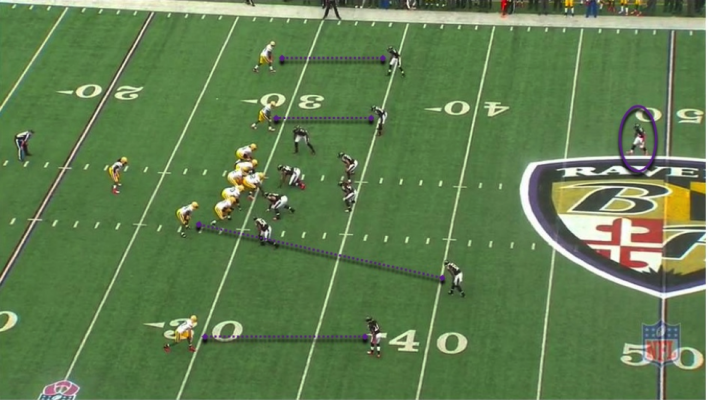
Cover 0 and cover 1 are very similar. The biggest change is that rather than an extra pass rusher on the field, the free safety has the only zone on the field, always deep in relation to the field. Every other player is in man to man coverage whereas the free safety reacts to the play and moves around accordingly. If any receiver enters his zone, they will be double teamed (with the free safety and the corner). Unless, of course, two receivers enter the zone in which case the free safety needs to decide which cornerback deserves help more. Cover 1 can be exposed by an offense with multiple ‘go’ routes, or ‘4 verticals’ as you may know it. If 4 receivers go vertical and 2 of them beat the cornerback, the safety has to make a decision, ideally after the ball has been thrown by the QB in order to get to where he needs to be, this is why speed is so important at the free safety position.
Cover 1 is used most by the following teams -
- Houston Texans
Arizona Cardinals
Kansas City Chiefs
Cover 2
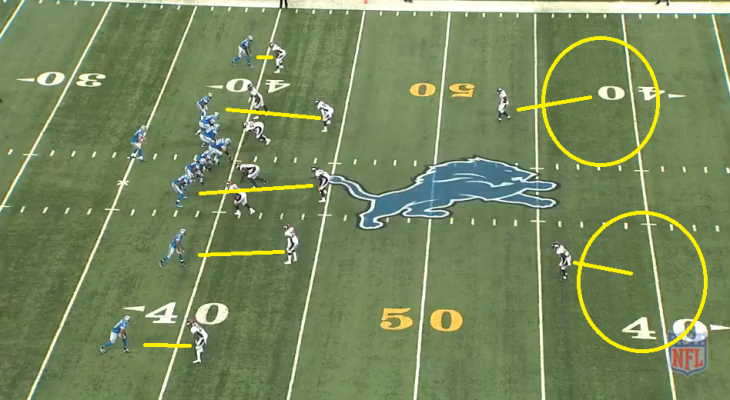
Cover 2 involves two zones, typically manned by the free safety and strong safety deep in coverage, covering half the field each. There are lots of variations of cover 2, the free and strong safety always cover the two deep zones (half the field each) but there are lots of options for the cornerbacks and linebackers here. They could be in man coverage or have their own zones to cover short and intermediate routes but the deep zones are the biggest and cover the deep ball. Cover 2 is used by many teams and you have to accept you will give up yardage in this scheme, but you’ll rarely give up large chunks off a big play. If you don’t think the offense can dink and dunk their way down the field, cover 2 is great and can cause many three-and-outs.
Cover 2 is used most by the following teams -
- Pittsburgh Steelers
New Orleans Saints
Tampa 2
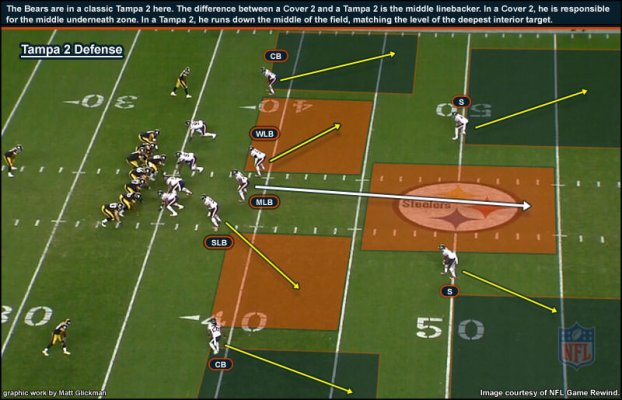
A variant of cover 2 is ‘Tampa 2’. This scheme is the same as cover 2, but also adds a middle linebacker to cover the middle to deep route so adds another zone to the defense without being in a nickel (5 DB’s). Tampa 2 is a running back and tight ends dream as it pulls the MLB away from the line of scrimmage thus opening up huge holes for short and intermediate routes often run by RB’s and TE’s. If the strong side of weak side linebacker can't get there quick enough, the short middle of the field is guaranteed for positive yardage.
Cover 3
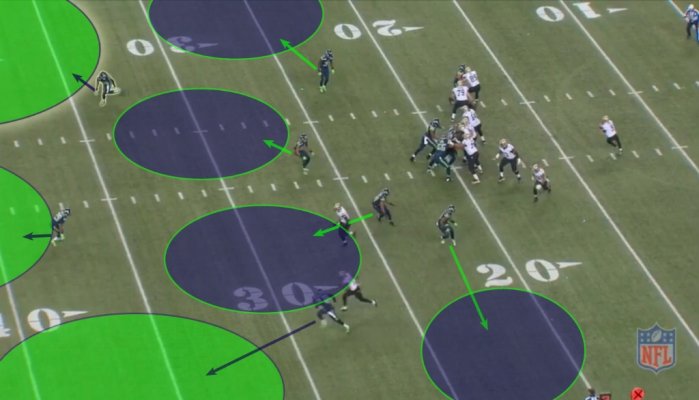
Cover 3 refers to the green zones in the above picture. You have a free safety covering the deep middle while the two cornerbacks cover to deep left and deep right hand side of the field. In a conventional cover 3, you have the three linebackers plus the strong safety also covering a much smaller zone in front of them so the short and intermediate parts of the field. In the example above, the strong safety covers the far left zone on the strong side, the strong side linebacker covers the middle left, the middle linebacker covers the middle right and the weak side linebacker covers the short right hand side.
Cover 3 is very good against the run as you already have the strong safety down near the line of scrimmage, plus all 3 linebackers in close proximity. If the running back does manage to get to the second level past the defensive line, chances are he’s going to be met by a wall of linebackers plus the safety. Cover 3 does also expose the defense to the ‘dink and dunk’ technique, but only the very best quarterbacks and wide receiver combos can gain large chunks of yardage through the air as the deep part of the field is so well covered by 1 free safety and 2 cornerbacks.
Cover 3 is used most by the following teams -
- Seattle Seahawks
Atlanta Falcons
Jacksonville Jaguars
Cover 4
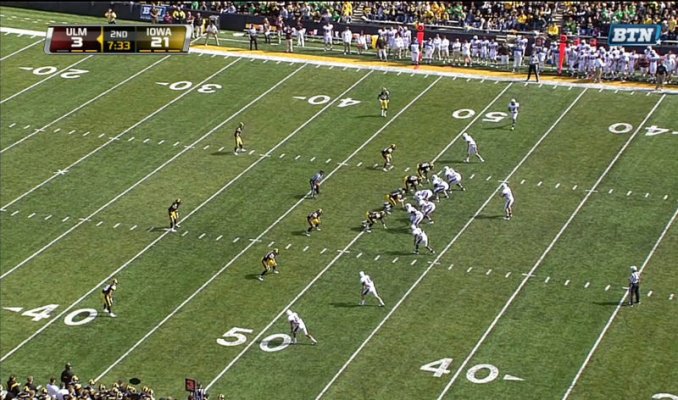
Cover 4 is also known as ‘prevent defense’. It is similar to cover 3, expect there are 4 deep zones, most likely to be covered by the two cornerbacks, the free safety and the strong safety. You would use cover 4 in an obvious passing down where you absolutely cannot give up large yardage. Typically seen at the end of games where the offensive is desperately trying to get a touchdown or the ball into field goal range, you can all but guarantee a short pass will be easy to complete but you’re sacrificing small gains to prevent large ones. In the picture above, the right cornerback is at the 38 yard line, the strong safety is at the 40 yard line, the free safety at the 42 and the left cornerback at the 36. All 4 of those guys will step back and cover the deep part of the field, waiting for receivers to enter their zone and subsequently defend the pass.
Cover 4 is used most by the following teams -
- Carolina Panthers
Oakland Raiders
Nickel Defense
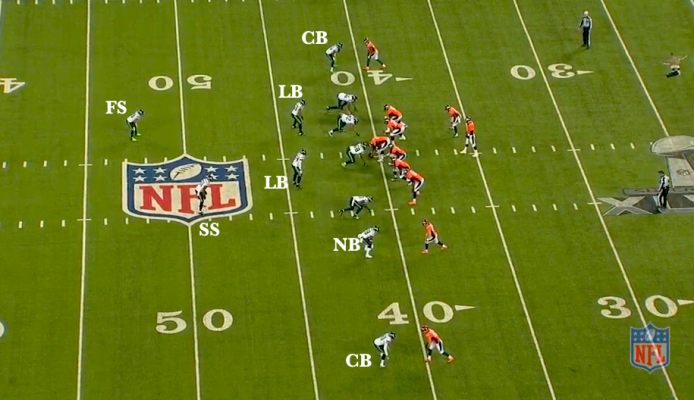
A nickel defense is something that is being heavily used in today’s NFL. With the emphasis on passing as opposed to rushing, defensive coordinators feel more comfortable having another cornerback on the field to help in pass coverage. A cornerback is almost always more effective against the pass than a linebacker, but how do you get that extra cornerback on the field whilst keeping to 11 men on the field? You remove a defensive lineman (typically one of the bigger guys who is more of a run stuffer than a pass rusher) which would be a 3-3-5 formation (3 defensive lineman, 3 linebackers, 5 defensive backs) or you sub out a linebacker and replace them with a corner, a 4-2-5 formation (4 defensive lineman, 2 linebackers, 5 defensive backs). That extra cornerback is referred to as a ‘nickelback’ or ‘slot corner’ (as they will be covering the slot receiver).
In the above picture you see the Seahawks running a nickel defense (4-2-5) with a corner on the X and Z receiver, the nickel back on the Y receiver (slot) and the two safeties back deep.
What does Seattle run?
Of course, like any team, they adapt to the situation, the personnel the opposition are putting on the field and their opponents tendencies in given situations but their bread and butter comes in the shape of a 4-3 under cover 3. Let me explain exactly what that is…
4-3 relates to the amount of defensive lineman (4) on the field and the amount of linebackers on the field (3), hence 4-3. The under part relates to where exactly those defensive lineman line up in the trenches. I will be doing a proper articile explaining gaps and techniques in far more detail but for the purpose of this article, the ‘under’ part means the lineman will line up away from the strong side of the offensive line (the strong side is the side the tight end lines up)
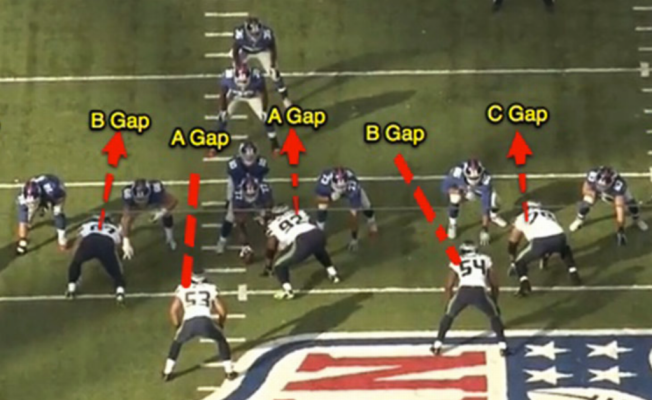
As you can see above, the offense have their tight end lined up on the right hand side of the image (next to the left tackle) therefore the defensive lineman will line up to the left of the offensive line. If they were running a 4-3 over, in this situation, the defensive would line up to the right hand side of the offensive lineman, IE – closer to the strong side (where the tight end is).
The defensive backs are typically in a cover 3 scheme with a single high safety. This means that the 2 cornerbacks have a zone on the left hand side and right hand side of the field, while Earl Thomas is responsible for the middle of the field, typically between the hash marks. Because it is a single high safety scheme, this leaves the strong safety to be able to play much closer to the line of scrimmage to act according to what the offense run. If it’s a run play, he is already at the line of scrimmage in an ideal position, if it’s a passing play, he will typically cover a running back or tight end in coverage. The strong safety often has a lot of ‘free reign’ to do what he pleases, this is sometimes referred to as a ‘rat’. Someone who doesn’t necessarily have a specific assignment and gets the option to choose what he should do. This isn’t always the case, but does occur.
